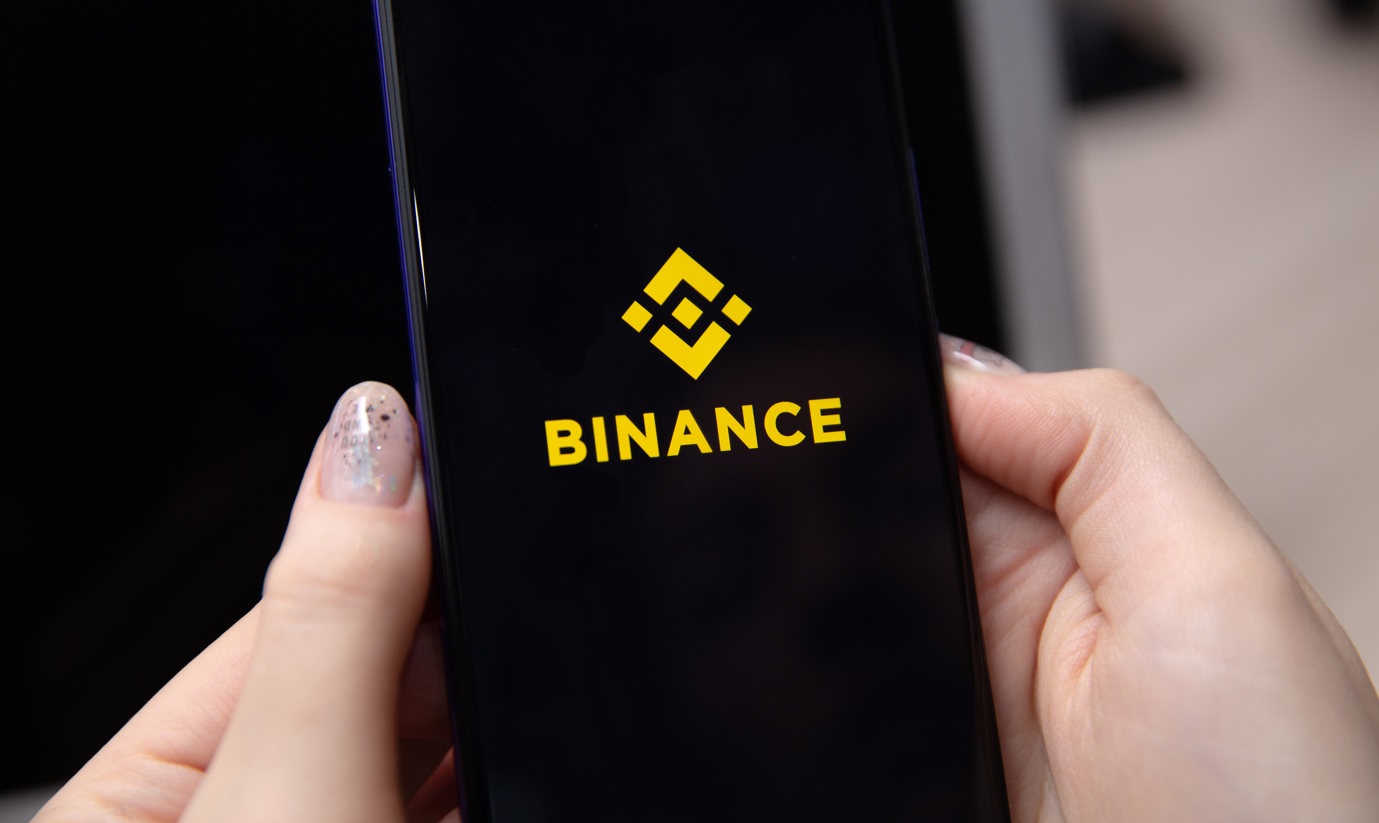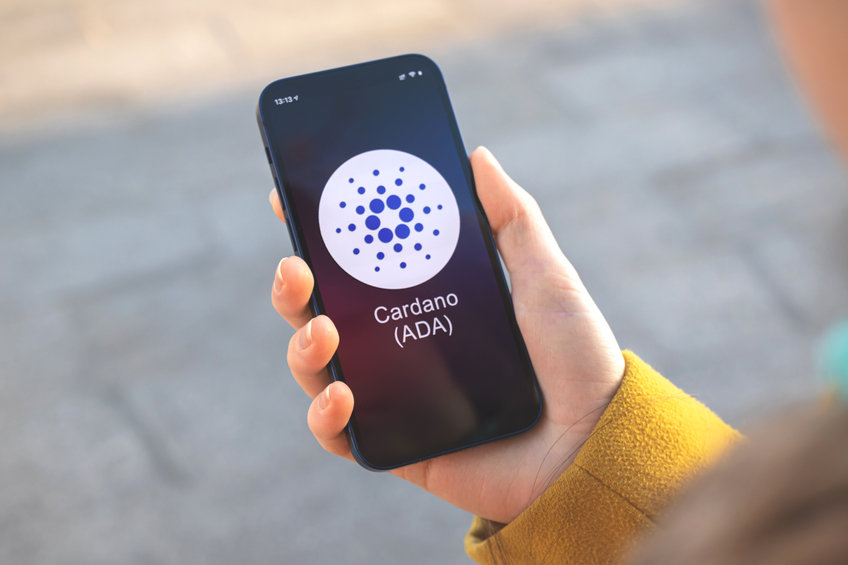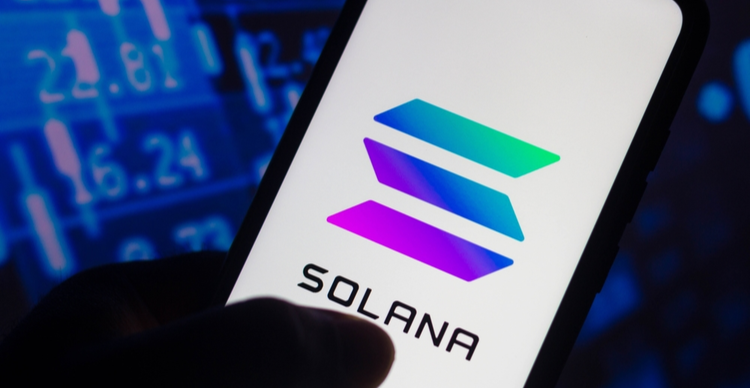
The ADGM intends to issue similar regulatory approvals to other global and local companies
The Abu Dhabi Global Market has announced that the world’s biggest crypto exchange Binance has received an in-principle to operate in the Emirate. The approval marks a crucial milestone in Binance’s goal to operate as a fully licensed firm.
The approval permits Binance to operate as a broker-dealer in a wide range of digital assets including cryptocurrencies in Abu Dhabi. This is Binance’s third regulatory approval in the middle east after similar advances in Bahrain and Dubai.
The ADGM is an international financial free zone in the UAE. Historically it has been a frontrunner in providing regulatory and supervisory oversight for financial services in its region. Commenting on Binance’s efforts to establish new dimensions of digital asset trading across the world, ADGM said:
“The IPA is part of Binance’s plans in establishing itself as a fully-regulated virtual asset service provider in an internationally recognized and well-regulated financial centre.”
Dhaher bin Dhaher, CEO of ADGM, welcomed Binance to UAE’s biggest city Abu Dhabi and promised to aid efforts by the exchange to establish its presence in the emirate.
In a bid to improve Abu Dhabi’s position as a hub for virtual assets and the digital economy, the ADGM also plans to provide similar regulatory approvals for other deserving local and global companies. The pro-crypto intent comes amid the fast-paced growth and rising importance of the industry.
Previously, prominent crypto exchange FTX was awarded an operational license in Dubai.
In March, the ADGM published a consultation paper that proposed that NFT trading in the jurisdiction should be allowed for ADGM-licensed companies.
In response, the Financial Services Regulatory Authority (FSRA), the region’s chief regulator stated that NFTs traded in consultation with the ADGM will be treated as intellectual property rather than as financial instruments. Further, facilitating such NFT trading will require companies to comply with strict Anti-Money Laundering (AML) and Sanctions Rules.
The post Binance receives in-principle approval to operate in Abu Dhabi appeared first on Coin Journal.




